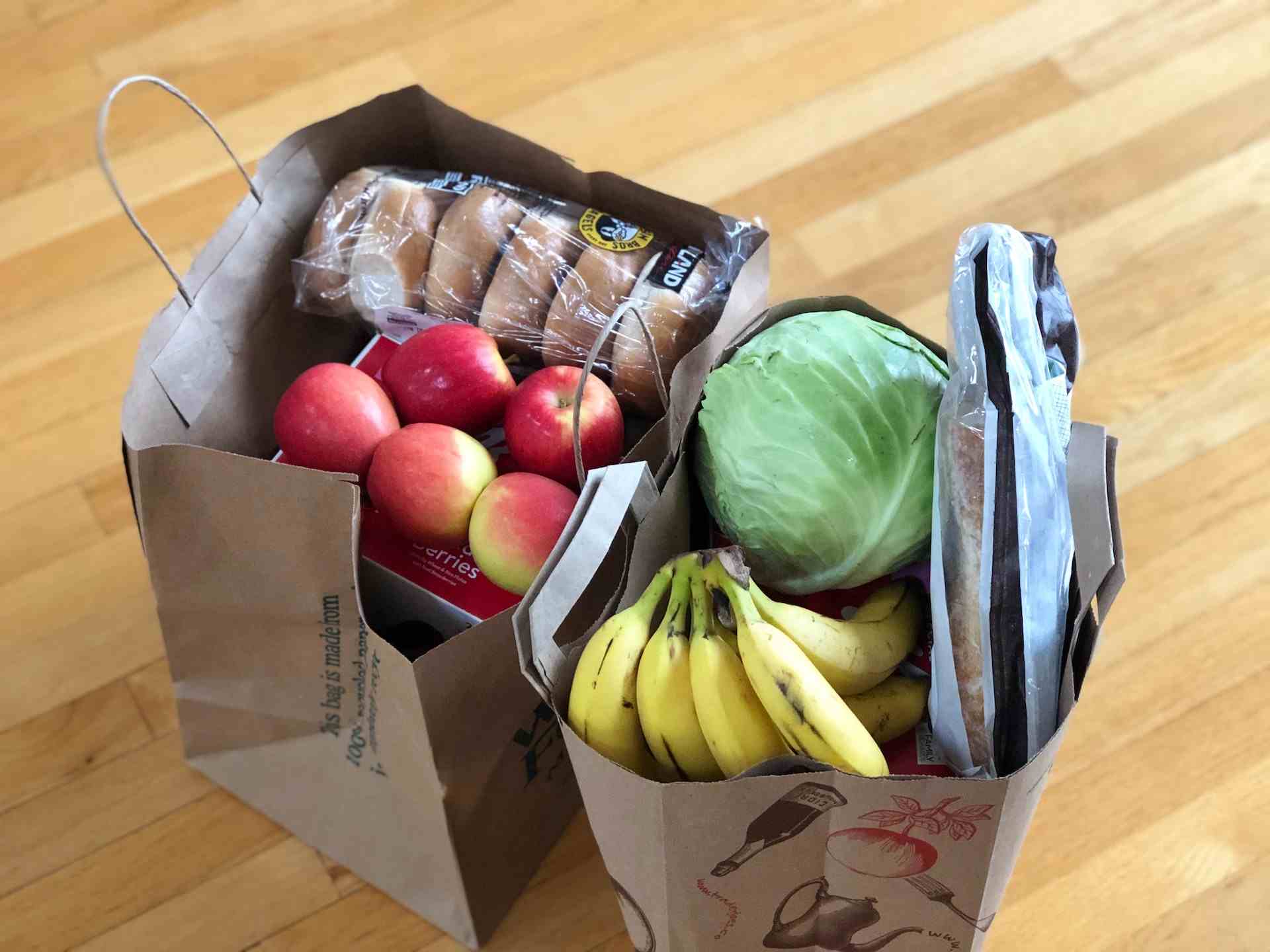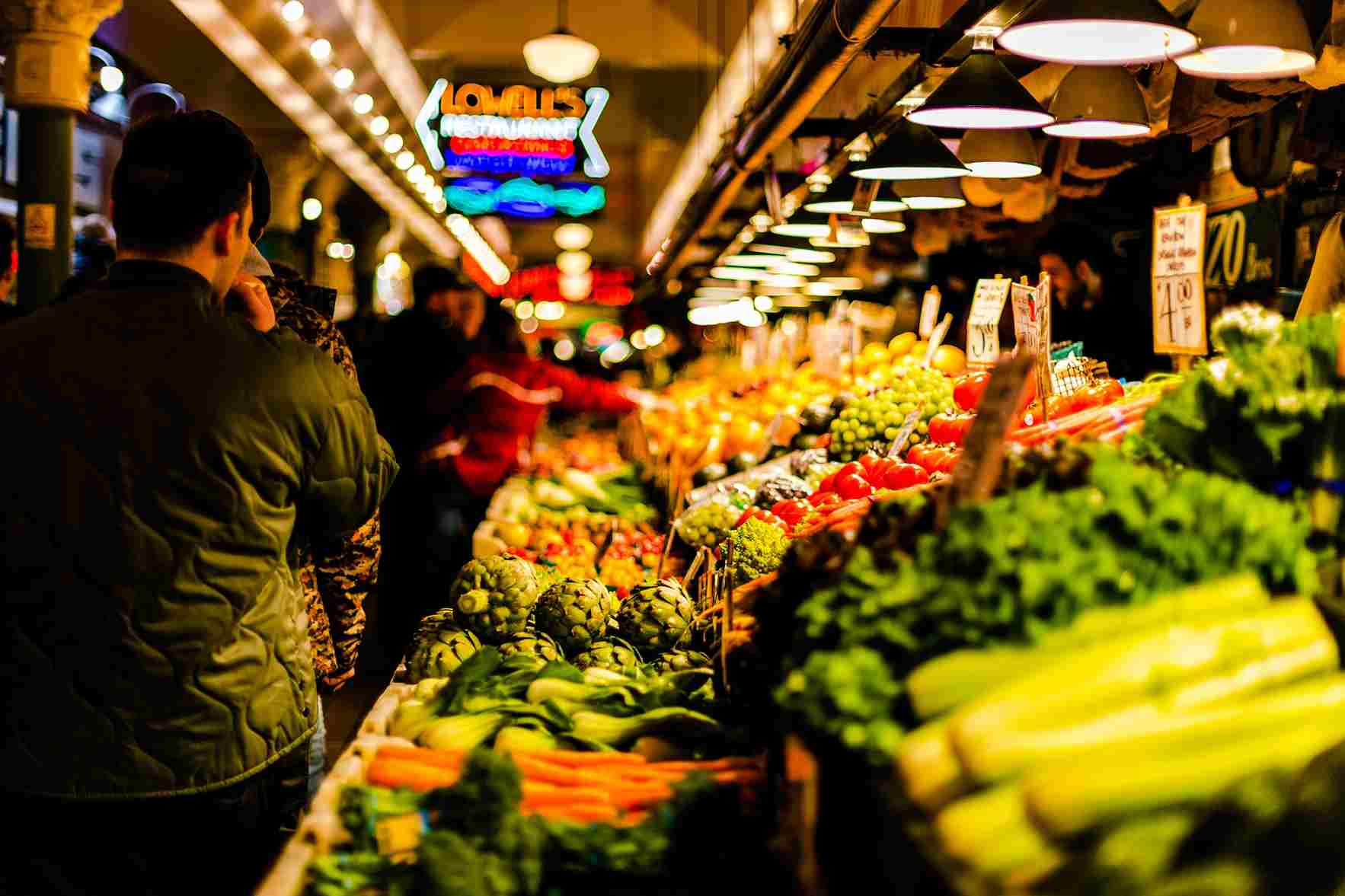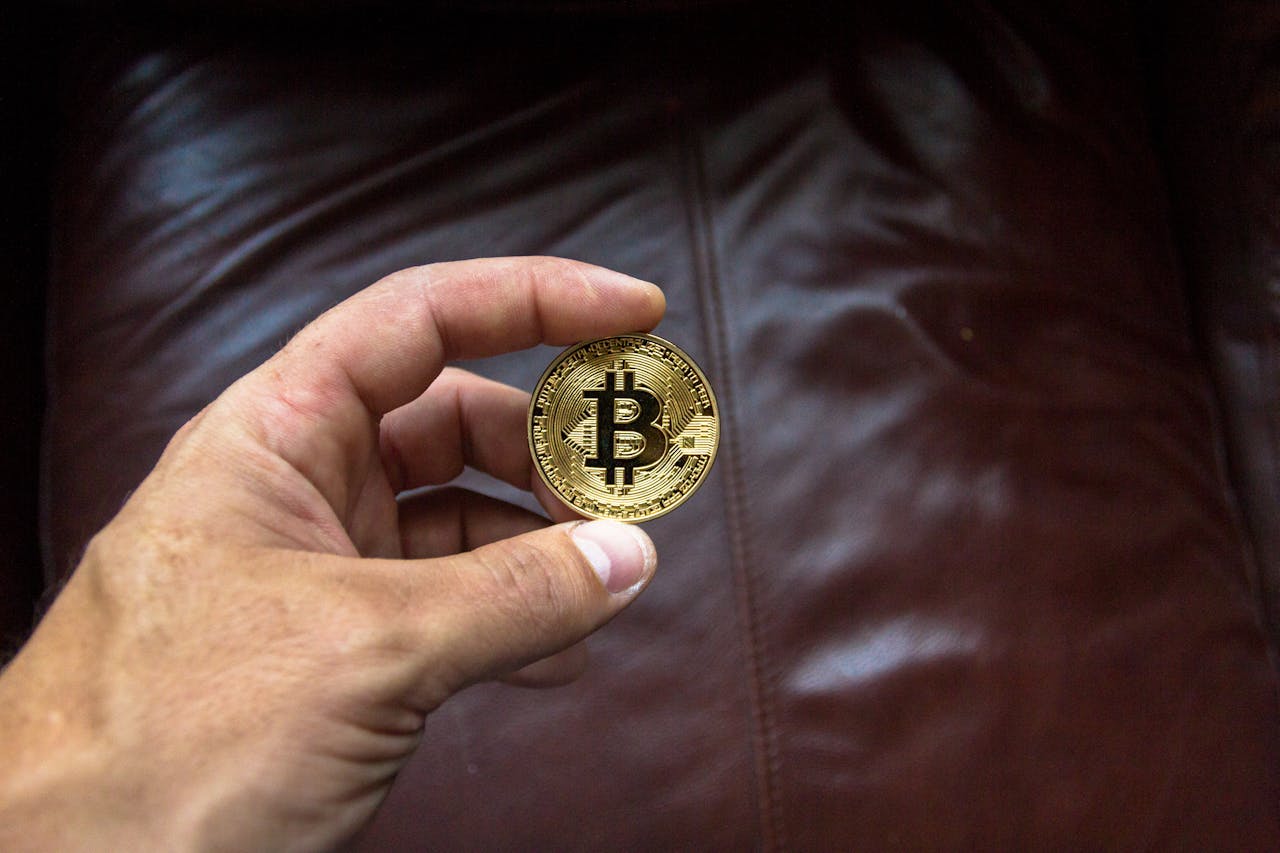

For more than two years, the online grocery market in Malaysia has seen immense growth because of COVID-19 lockdowns. Early players in the market, like retailer HappyFresh which was established in 2014, report seeing a growth in traffic of up to 20 times more from 2020.
As Southeast Asia’s digital economy developed rapidly in recent years, the shifts in customer behavior during the pandemic also propelled the growth of the online grocery market in Malaysia.
Despite the country reopening and in-store business activities increasing in the past year, Malaysians have grown increasingly reliant on online shopping. This behavior is expected to continue, as consumers have shown that online shopping is now considered a habit in the country. This has also changed the way that online grocery shopping is being done in Malaysia.
How big is the online grocery market in Malaysia, and how are retailers keeping up with demands for e-grocery fulfillment? We look at the current e-grocery landscape in Malaysia and opportunities for businesses to explore in this category.

Extended lockdowns in Malaysia until 2021 accelerated the growth of the online grocery market in the country. E-grocery providers were forced to increase their fleets to keep up with consumer demands and the influx of orders. The overall trend of growth was present even after Malaysia eased restrictions on movement last year.
As consumers grew accustomed to online grocery shopping in Malaysia, some behaviors also changed in the past year. When consumers used to buy in bulk to avoid contact with people outside their households, they are now ordering groceries online more frequently and in smaller amounts. The convenience offered by e-groceries allowed consumers to get comfortable with purchasing food products and other home goods online.
Consumers are also expecting reduced order fulfillment times from e-grocery retailers. Large companies like HappyFresh and Grab continually shrink their delivery times to improve customer experience and edge out the competition. The dependence on online grocery shopping also fast-tracked the scaling up of these e-grocers that were forced to deploy changes to their supply chain and logistics capabilities.
Now that the demand for online groceries in Malaysia has been cemented, retailers should continue to adopt smart technologies that will allow them to improve their services.
Automated systems for inventories will allow higher operational efficiency that will ensure the freshness of goods upon delivery. Improving the user experience (UX) of online grocery storefronts will also give customers a more pleasant experience when shopping.
The digitalization of quality control will also allow online grocery retailers to monitor the freshness and availability of the items they sell. Cloud computing and the Internet of Things (IoT) will also help merchandisers decide on how to increase or enhance the assortment of the goods that they sell.
Lastly, adding more payment methods through fintech will help increase service offerings that allow flexibility for consumers.
The demand for online grocery shopping will continue to rise, higher quality of service will be required from retailers. The availability and assortment of products, the freshness of food items, and the timeframe for delivery will determine the growth of the online grocery market in Malaysia, and businesses are expected to deliver.

The Latest Developments in Cryptocurrency Adoption in SEA
The cryptocurrency market in Southeast Asia (SEA) has seen exponential growth in recent years. The revenue of cryptocurrency in the region was around USD 1,384 million in 2023 and is expected to grow by USD 1 million in the next four years. Countries like Indonesia, Singapore, and the Philippines are at the forefront of this digital revolution. The region's young, tech-savvy population, coupled with increasing internet penetration, has created a fertile ground for the adoption of cryptocurrencies. Currently, the crypto market in SEA is valued at several billion dollars, with projections indicating continued growth.

An Overview of the Halal Cosmetics Market in Malaysia
The halal cosmetics market in Malaysia has been experiencing significant growth. It is driven by a combination of increasing consumer awareness, government support, and the rising demand for halal-certified products among both Muslim and non-Muslim consumers.

How Digital Marketing is Transforming the Automotive Lubricants Market in Southeast Asia
In recent years, digital marketing has emerged as a transformative force in the Southeast Asian (SEA) automotive lubricants market. The region's rapidly growing internet penetration and increasing smartphone usage have created fertile ground for innovative digital strategies. This evolution is reshaping how companies engage with customers and streamline their operations, offering numerous opportunities for growth and efficiency.

Exploring New Business Models for a Sustainable Future
Transitioning towards new sustainability business models can help companies drive positive change and contribute to a more sustainable future.